“Break Through” Self-Regulation Interventions for Children and Adolescents with Autism, ADHD, Sensory or Emotional Challenges – TERESA GARLAND (Digital Seminar)
Description:
Message from Your Presenter Teresa Garland, MOT, OTR/L…
No one ever said that working with children with autism, ADHD, or sensory disorders is easy. Theo will only eat white foods, tends to be buried in his own world and melts when he is transitioned too quickly. Steven, in 6th grade, has ADHD, poor organization skills and an attitude that is hard to break through. But, how do we help a child break through the self-regulation issues that limit their achievements?
That was the question I posed to myself fifteen years ago. I set out to learn as much as I could about theories, techniques, and research that could help make the lives of these young people much more manageable and promising. I received certification in sensory integration therapy, and additional training in DIR (play therapy), ADHD interventions, oral motor therapy, auditory therapies, timing therapies, mindfulness, exercise therapies, sensory diets and more. I adapted techniques to make them usable in the clinic and at school, working close with my team to get things right.
In this recording I will guide you through a broad set of self-regulation interventions culled from my years of research and practice along with strategies for adapting them to your setting. You will finish this program with the essential skills, interventions, and strategies to help children find harmony with themselves, their families, and the world around them!
You will learn:
- The most effective calming, sensory, motor or behavioral techniques for a given type of behavior
- Peer-to-peer video feedback as a social intervention for children and teens with ASD
- Sleep interventions for children with erratic sleep schedules
- Interventions for Repetitive and Restrictive Behaviors for a child with stereotypy
- Organization strategies for home and school for teenagers with ADHD
- And more!
I hope you look forward to bringing these interventions back to your practice or classroom!
Teresa Garland, MOT, OTR/L
Outline:
The Many Challenges of Self-Regulation
- Balancing the needs of the body, brain, senses, emotions and the social self
- Emotional regulation and sensory regulation
- Neurotypical children v. atypical children
- Differences with ASD, ADHD, and other challenges
- How well are we doing the research?
A Little Bit of Neuroanatomy
- Cerebellum: The prediction machine
- The ASD, ADHD, sensory connection
- Mapping emotions
- The vagal nerve’s job in all this
Let’s Talk about Infants and Toddlers
- Early predictors of ASD, ADHD and sensory challenges
- Infants, temperament, crying and social attention
- Facial expressions and emotions in ASD
- Parent video feedback with infants makes a difference!
Self-Regulation for All Age-Groups and Behavior Types
- Calming and gradual exposure and desensitization
- Rethinking the classroom, office, and/or home environment
- Strategies for pre-school and the kindergarten classroom
- Play, play, play! Inside/outside the classroom
- Classroom aerobics and other activities
- Heavy work, exercise, deep pressure and play
Eating and Sleeping Can Co-opt Good Effort
- Effect of poor sleep on repetitive behaviors and negative affect in ASD
- Effects of sensory processing on sleep
- Bedtime Fading with Response Cost (BFRC) Intervention
- Melatonin, elimination diets and supplements for ASD and ADHD
- Sensory intervention at mealtime
Autism Spectrum Disorder: Techniques You Should Absolutely be Using
- Engaging lists, stories and transitions (Make them fun!)
- J. Shauls’s Conversation Train (and more!)
- Making consistency as your modus operandi
- Play engagement, DIR, ABA, Discrete Trials and more
- Restrictive, Repetitive Behaviors (RRBs) Interventions
- High order v. low order
- Exercise and aquatic movement
- Ayer’s Sensory Therapy®
- Mixed method interventions
- Help kids with ASD handle peer rejection
- Video feedback for social scenarios: Do’s and don’ts
ADHD: Effectively Intervene with This “Moving Target”
- How imaging studies have challenged our ideas of ADHD
- A new look at combined ADHD and Concentration Deficit Disorder
- Innovative organization techniques
- Creating simple habits and keeping it simple
- Grounding activities: Mindfulness, karate, HIIT
- Self-management intervention and “getting to center”
- Check impulsivity meta-cognitive group games
- Revisiting feedback and timing in the cerebellum
Special Interventions for Teens and Tweens
- Video feedback: Create appropriate expressions, reactions and interactions
- Social skills programs to develop real-life empathy
- Regulation techniques for social situations and avoiding peer rejection
- Sensorimotor Therapy to cut through trauma
It’s a Team – Going for the Championship
- Partnership of teachers, therapists and specialists
- Interlace the team’s self-regulation goals to make them effective
- How to include parents: Highly effective at-home interventions
NLP online course
So what is NLP?
Firstly, NLP stands for Neuro-Linguistic Programming. Secondly neuro refers to your neurology;
Thirdly linguistic refers to language however, programming refers to how that neural language functions.
As a result,In other words, learning NLP is like learning the language of your own mind!
Moreover, NLP is the study of excellent communication–both with yourself, and with others.
It was developed by modeling excellent communicators and therapists who got results with their clients.
NLP is a set of tools and techniques, but it is so much more than that.
In conclusion, It is an attitude and a methodology of knowing how to achieve your goals and get results
Preview Information:
Original Page
Archive Page
More Course: NLP – HYPNOSIS – PHILOSOPHY
Outstanding Course:Telehealth – JENNIFER GRAY (Digital Seminar)


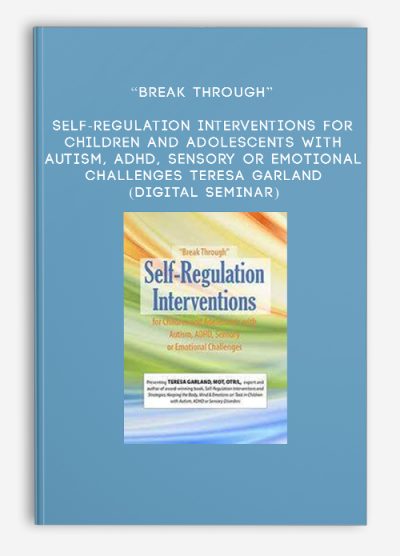
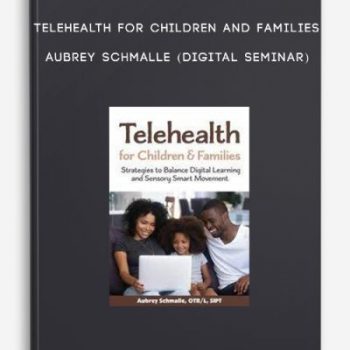
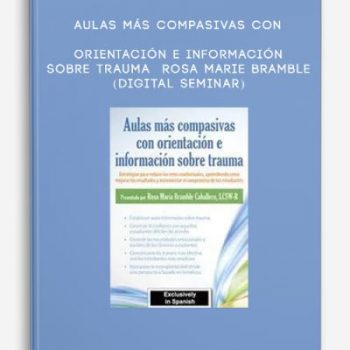
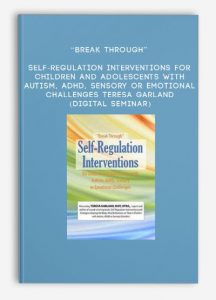

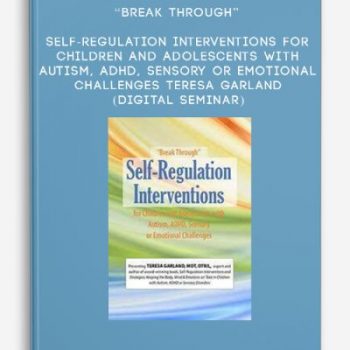
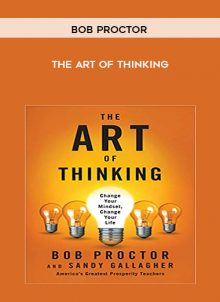

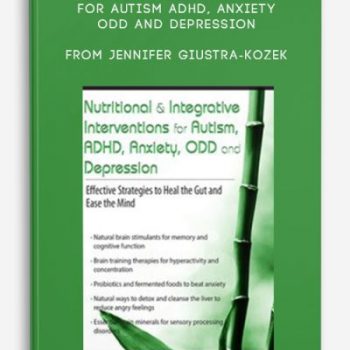
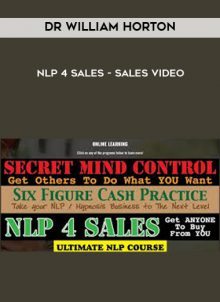
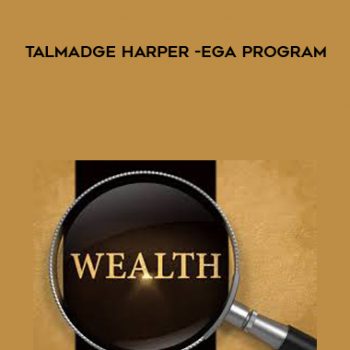
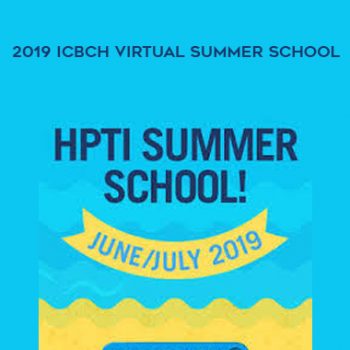
Lord –
This is Digital Download service, the course is available at Vincourse.com and Email download delivery.